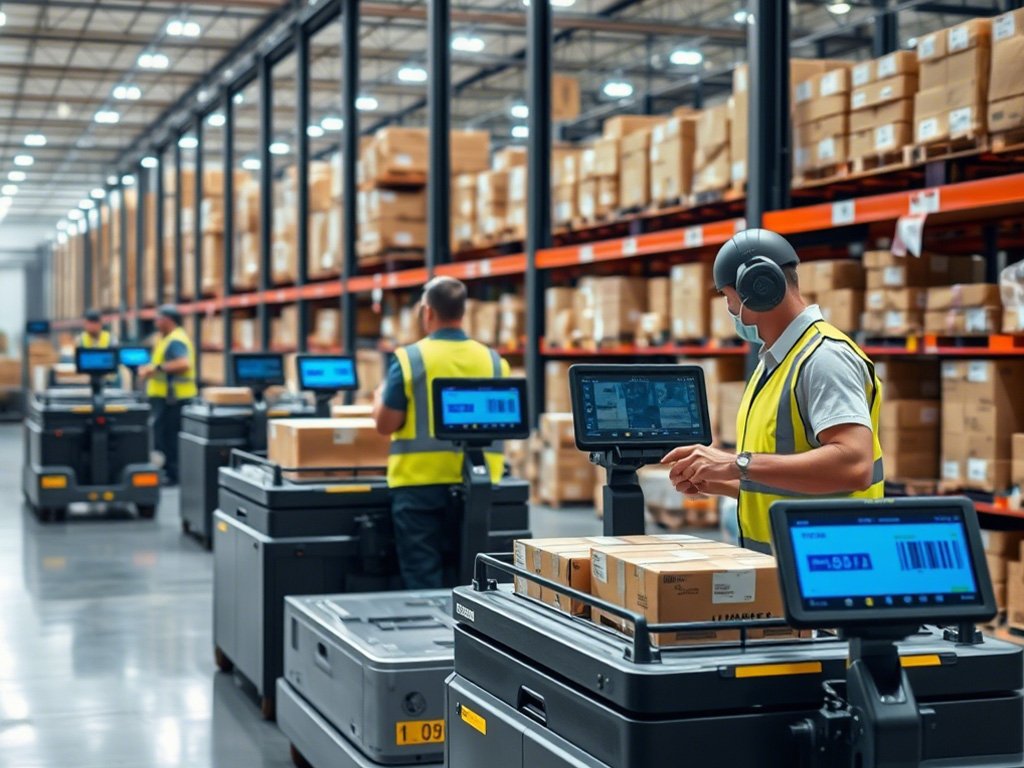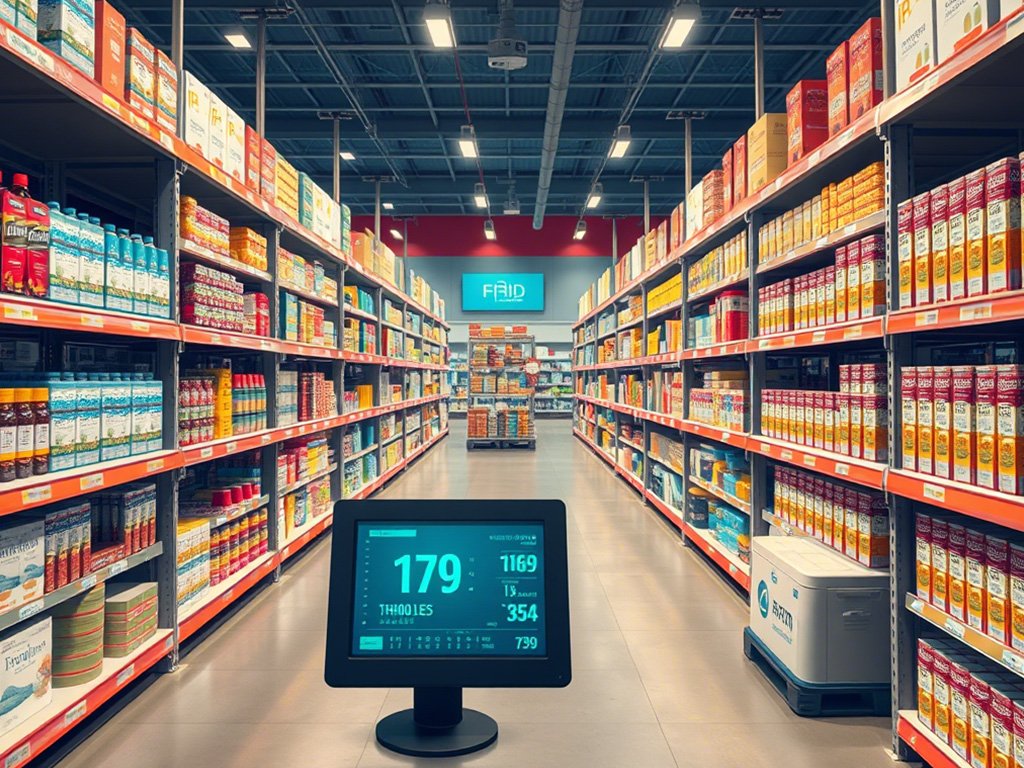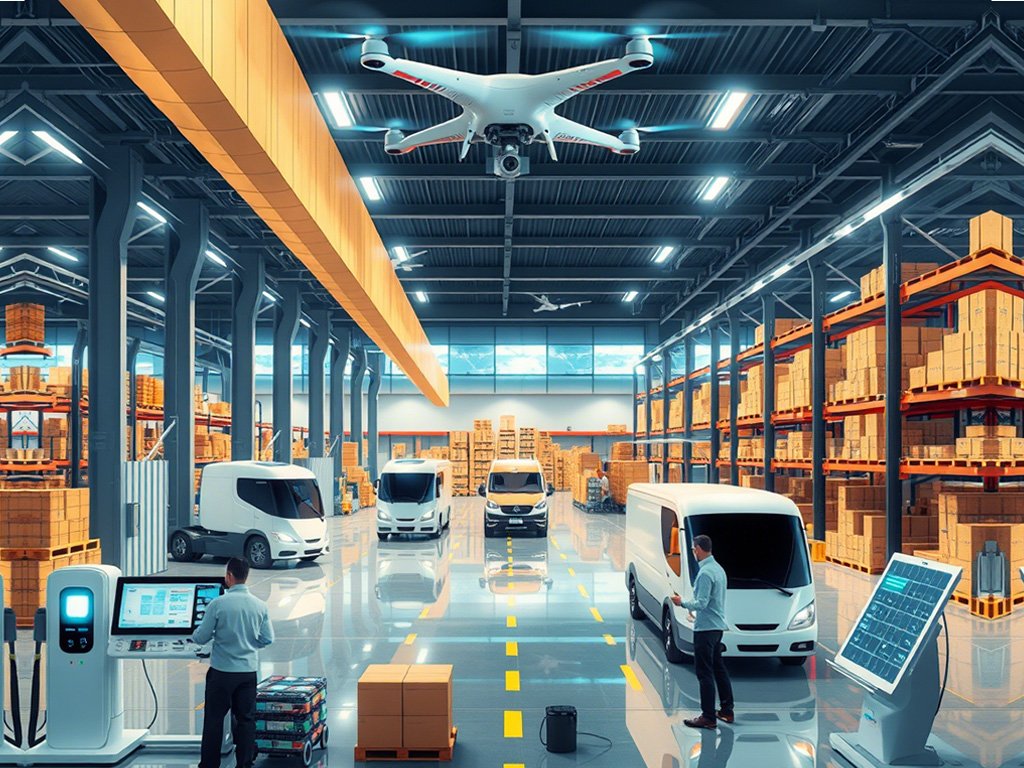
Streamlining Supply Chains with Barcode Technology and Automation
In today’s hyper-connected global economy, supply chains are the backbone of nearly every industry. From manufacturing to retail, businesses rely on efficient logistics to meet customer demands, reduce costs, and stay competitive. However, managing complex supply chains can be a daunting task—especially when dealing with large volumes of goods, multiple stakeholders, and tight deadlines.
Enter barcode technology and automation, two game-changing innovations that have revolutionized supply chain management. Together, they enable businesses to streamline operations, improve accuracy, and enhance visibility across the entire supply chain. In this article, we’ll explore how these technologies work, their benefits, and real-world applications that demonstrate their transformative power.
1. Understanding Barcode Technology and Automation
Before diving into their impact, let’s break down what these terms mean:
- Barcode Technology: Barcodes are machine-readable codes consisting of parallel lines (or QR codes) that store product information such as SKU numbers, batch details, and expiration dates. Scanning these codes allows for quick data capture and retrieval.
- Automation: Automation refers to the use of technology to perform tasks without human intervention. When combined with barcode scanning, automation enables seamless tracking, sorting, and processing of goods throughout the supply chain.
Together, barcode technology and automation create a powerful system for managing inventory, shipments, and workflows efficiently.
2. How Barcode Technology and Automation Streamline Supply Chains
A. Real-Time Inventory Tracking
One of the biggest challenges in supply chain management is maintaining accurate inventory levels. Manual tracking methods are prone to errors, leading to overstocking or stockouts. With barcode technology, businesses can scan items at every stage—from production to delivery—to update inventory records in real time.
For example:
- Warehouses use handheld scanners to track incoming and outgoing shipments instantly.
- Retailers integrate barcode systems with point-of-sale (POS) terminals to monitor sales and replenish stock automatically.
This real-time visibility ensures optimal inventory levels, reducing waste and improving cash flow.
B. Faster Order Fulfillment
Automation powered by barcode technology accelerates order fulfillment processes. Automated conveyor belts equipped with barcode scanners sort packages based on destination, while robotic arms pick and pack items with precision. This minimizes delays and enhances customer satisfaction.
Consider Amazon’s fulfillment centers, where robots navigate shelves to retrieve products marked with barcodes. The result? Orders processed in hours instead of days.
C. Enhanced Traceability
Traceability is critical in industries like food, pharmaceuticals, and electronics, where safety and compliance are paramount. Barcode technology allows businesses to track the journey of each item from origin to end-user. If a recall occurs, companies can quickly identify affected batches and remove them from circulation.
For instance:
- Grocery stores use barcodes to trace perishable goods back to their source, ensuring freshness and quality.
- Pharmaceutical companies leverage barcodes to verify authenticity and prevent counterfeit drugs from entering the market.
D. Reduced Human Error
Manual data entry is time-consuming and error-prone. By automating data collection through barcode scanning, businesses eliminate mistakes caused by typos or miscommunication. This leads to more reliable records, fewer discrepancies, and smoother operations.
E. Cost Savings
Implementing barcode technology and automation reduces labor costs associated with manual tasks. It also minimizes losses due to misplaced or damaged goods. Over time, these efficiencies translate into significant cost savings, allowing businesses to reinvest in growth initiatives.
3. Real-World Applications
Let’s look at some examples of how industries are leveraging barcode technology and automation to streamline their supply chains:
- Retail: Major retailers like Walmart and Target rely heavily on barcode systems to manage vast inventories across thousands of stores. Automated replenishment systems ensure shelves remain stocked, even during peak shopping seasons.
- Manufacturing: Automotive manufacturers use barcodes to track parts and components throughout the assembly line. This ensures that the right pieces are used at the right time, preventing costly production delays.
- Logistics: Courier services like FedEx and DHL employ barcode scanning and automated sorting systems to handle millions of parcels daily. Packages are scanned upon arrival, sorted by destination, and dispatched within minutes.
- Healthcare: Hospitals and clinics use barcodes to track medical supplies, equipment, and patient records. Automation helps ensure that life-saving medications are available when needed, reducing the risk of shortages.
4. Challenges and Considerations
While barcode technology and automation offer numerous advantages, there are challenges to consider:
- Initial Investment: Setting up barcode systems and automation infrastructure requires upfront investment in hardware, software, and training. Small businesses may find this cost prohibitive, though scalable solutions are becoming more affordable.
- Integration with Legacy Systems: Older systems may not be compatible with modern barcode and automation technologies. Businesses must plan carefully to ensure seamless integration.
- Dependence on Technology: Over-reliance on technology can pose risks if systems fail or experience downtime. Robust backup plans and redundancy measures are essential to mitigate disruptions.
- Employee Training: Workers need proper training to operate new systems effectively. Resistance to change can also hinder adoption, so fostering a culture of innovation is key.
5. The Future of Supply Chain Management
As technology continues to evolve, the role of barcode technology and automation in supply chains will only grow. Emerging trends include:
- Internet of Things (IoT): Smart sensors and RFID tags complement barcodes by providing additional data points, such as temperature and location.
- Artificial Intelligence (AI): AI-powered analytics optimize routes, predict demand, and detect anomalies in supply chain operations.
- Blockchain: Combining barcodes with blockchain technology enhances transparency and security, making it easier to verify the authenticity of goods.
Businesses that embrace these advancements will gain a competitive edge, delivering faster, cheaper, and more reliable services to their customers.
Conclusion
The integration of barcode technology and automation has transformed supply chain management, enabling businesses to operate with unprecedented speed, accuracy, and efficiency. From real-time inventory tracking to enhanced traceability, these tools address many of the pain points traditionally associated with logistics.
As supply chains become increasingly complex, adopting innovative solutions isn’t just an option—it’s a necessity. By investing in barcode technology and automation, businesses can future-proof their operations and position themselves for long-term success.
So, whether you’re running a small e-commerce store or managing a multinational corporation, now is the time to harness the power of barcodes and automation. After all, a streamlined supply chain isn’t just good for business—it’s good for your bottom line.




